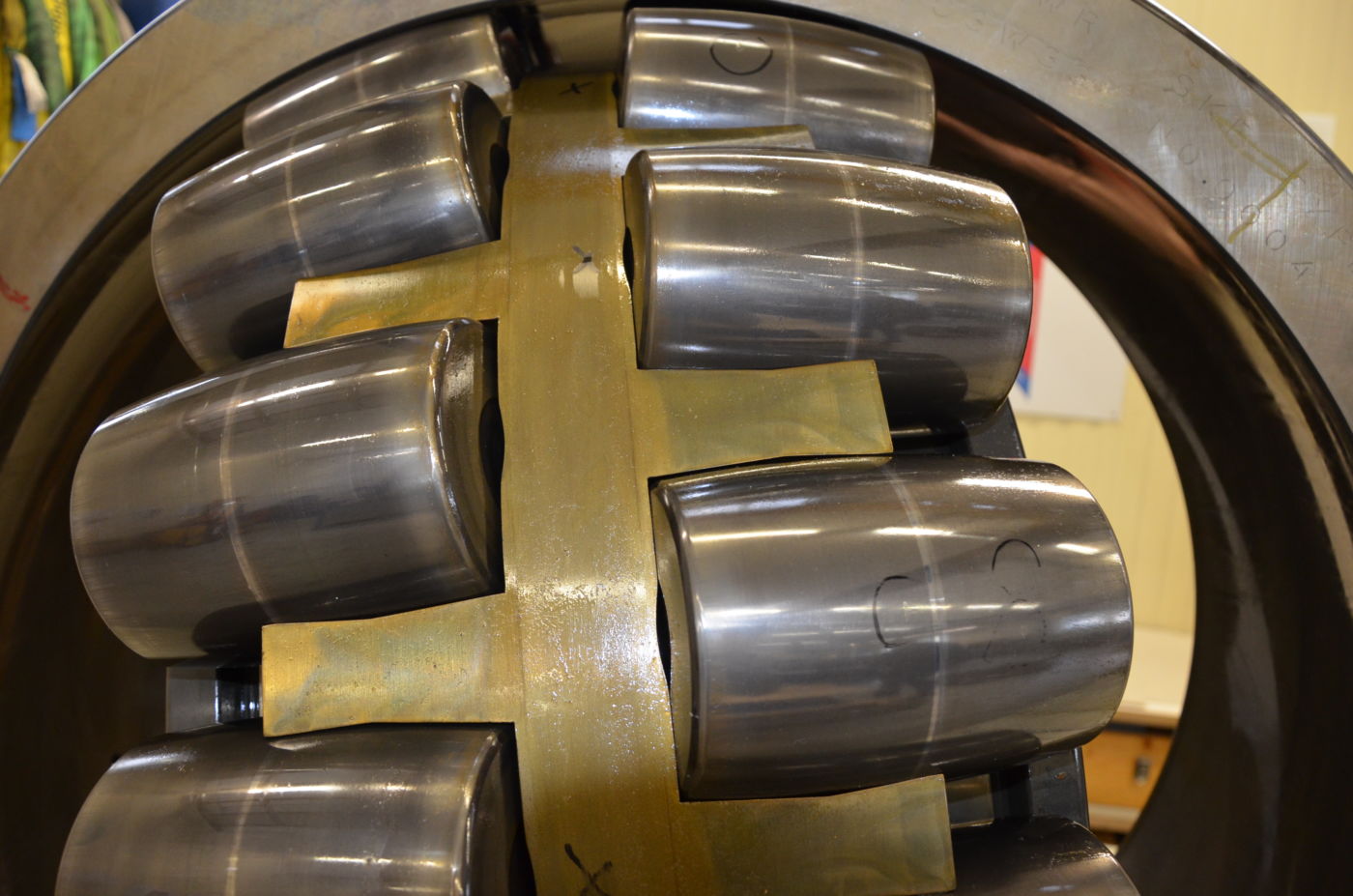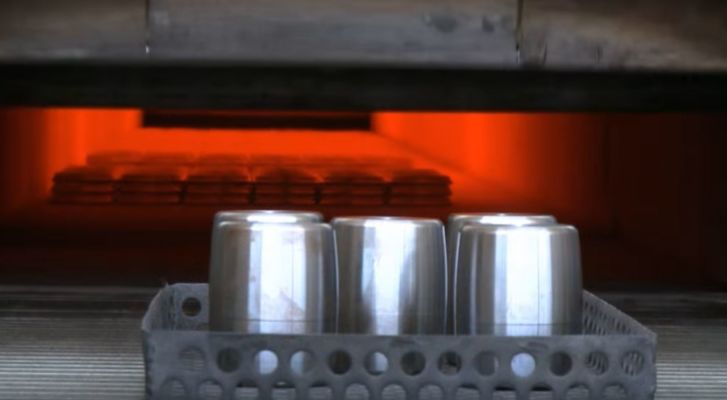Remanufacturing over replacement
So how should a wind energy company react if a bearing is damaged? While replacing the faulty part can be a surefire way of preventing total failure, it may not be the most efficient. For example, orders for new bearings can be subject to lengthy lead times, causing delay in energy production. This in turn can result in financial losses and damage to the supplier’s reputation. Furthermore, a replacement bearing can cost up to $450,000.
If a bearing is not damaged beyond repair, or has an estimated 30 percent of its service life remaining, then remanufacturing may be the best option. It can also represent a viable solution when a bearing has exceeded its shelf life or requires an upgrade – such as black oxide coating.
Otherwise known as “refurbishing”, the method can involve polishing and grinding, as well as replacing individual components rather than the full part. Since these procedures can remove surface stress, they have the potential to extend a bearing’s lifespan and save costs in the long run. In fact, due to shorter lead times and reduced maintenance cost, remanufacturing can yield savings of up to 50 percent compared to the purchase of new bearings. And the method can reduce more than just expenditure; it can cut CO2 emissions, which, after all, is the purpose of renewable energy.
One step ahead
A further benefit of refurbishing is that data captured during the process can be analyzed to identify weak points. SKF’s condition monitoring services can help companies leverage this information, allowing them to detect early bearing damage and take preventive measures. In this way, they can reduce the probability of breakdowns. Furthermore, the earlier a company refurbishes a component, the lower the costs can be.
Cut costs. Protect the environment.
To make sure turbines remain in good working condition and are operated at a low euro/kWh rate, wind energy companies should consider remanufacturing bearings as the alternative to new products. Indeed, the advantages of refurbishing are numerous. In addition to reducing expenditure in both the short and long term, the method can maximize turbine performance and minimize downtime. And perhaps most importantly, it can reduce energy and material requirements – helping protect the environment.



